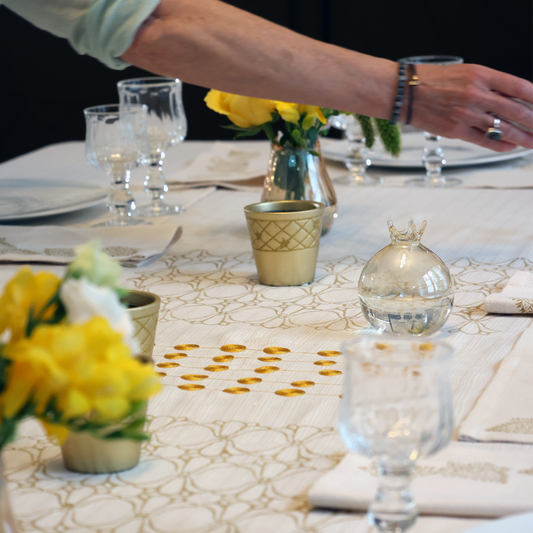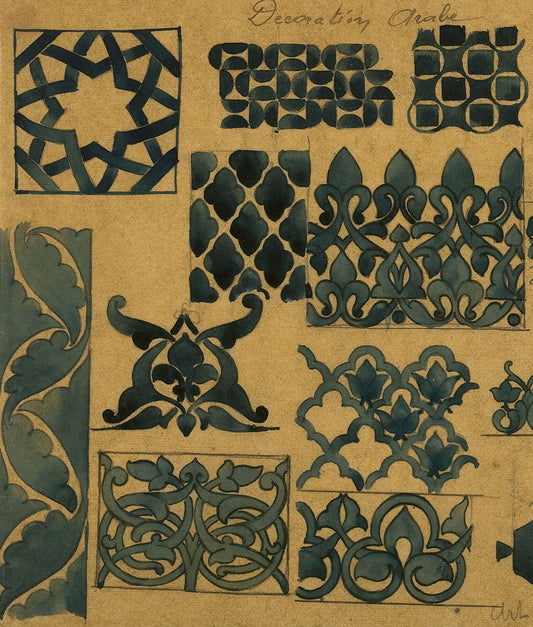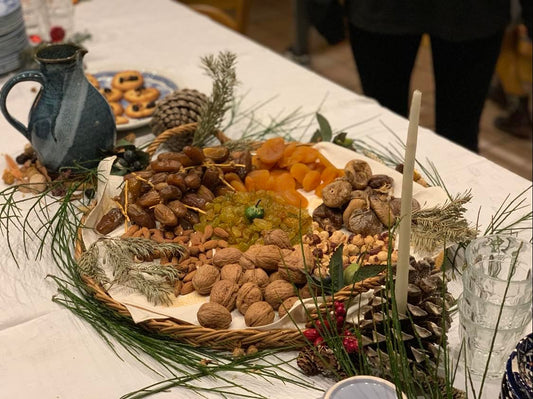
I recently had the chance to visit the Paris exhibition, "Cartier and the Arts of Islam. To the sources of modernity," and was pleasantly surprised. It shows how Islamic Art influenced the designs of Cartier's jewellery and precious objects, from the beginning of the 20th century to the present day. More than 500 pieces - jewellery and creations from the House of Cartier, masterpieces of Islamic Art, drawings, books, photographs and archival documents - trace the origin of Cartier's interest in Oriental motifs.
A bit of History...
Louis Cartier (grandson of Cartier's founder) found in Oriental Art an endless source of inspiration. “The relationship nurtured by European artistic creation with the arts of Islam is a subject that is both eminently political and richly aesthetic", says Olivier Gabet, director of the MAD museum. "It is not anecdotal: it has been the case since the diplomatic alliances between France and the Ottoman Empire in the sixteenth century, spanning over the colonial and imperialist conquests of the nineteenth and twentieth centuries.”
Cartier began to build a rich repertoire at the beginning of the 20th century. They studied Islamic Art to collect its forms, geometry and chromatic harmonies. Cartier later developed a unique artistic direction for its jewellery collections. They became experts at blending elements of Islamic Art with European aesthetics.

First image: diamond necklace by Cartier and the colours of the Levant
Second image: the door of the Gour Emir mosque, in Samarkand, Uzbekistan
Third image: diamond and gold necklace by Cartier, inspired by the shape of the Islamic star-polygon
Throughout the exhibition, we discover the juxtapositions between elements of oriental architecture and the cutting and mounting of cabochons and precious stones.
Colours reinterpreted by the House of Cartier, inspired by the Iranian world, marvel visitors: the blue of sapphires and the green of emeralds or jade, called "peacock decor", that blend with the blue of Iranian turquoise, dipped in the glittering lapis lazuli from Afghanistan.
The Levant: a realm of dreams for European creators
The exhibition displays various Oriental motifs. We rediscover the symbolic meaning of the fleurons, rosettes, geometric compositions, mandorles, palmettes, scrolls, sequins, waves, scales, a repertoire that speaks to [beyt] and seduces me.
Fleuron: a flower-shaped ornament or motif (image 1)
Mandorles: almond-shape ornament (image 2)
Rosette: an ornament that looks like a rose (image 3)
Palmette: a motif that reminds the fan-shaped leaves of a palm tree (image 4)
The link with [beyt]
While visiting this exhibition, I felt motivated and inspired. After all, that's what [beyt] has been trying to do since its very first day: to bring a piece of the Arab culture into your home, and give it a modern twist.
[beyt]'s latest collection "Fabrics on a Voyage" illustrates this mission: with wooden stamps, inspired by Islamic art, we create new patterns on linen and cotton tablecloths. You'll find on our tablecloths patterns of Oriental palmettes and rosettes, or networks of polygons of stars. Each stamp tells a story: a vegetal motif symbolizes paradise, peace and divine grace; geometric shapes reflect the providential balance of the cosmos and the intrinsic harmony of creation.

If the Levant can speak to our hearts, it can also be a source of tension. The success of this exhibition proves the contrary. It shows how the audacity of pioneers, who knew how to blend culture, history and art to create, can reconcile differences across borders.
Let's continue to be purveyors of beauty, wherever we are. Beauty has no ethnicity, it is universal, and it can be the link that brings us together.
"After all, that's what [beyt] is trying to do: bring a little piece of the Arab culture into your home."
Our Selection

Linen block print placemat "Apricot" with assorted napkins (€18,00 EUR)


![[beyt] by 2bdesign](http://2bdesign.biz/cdn/shop/files/logo_beyt_pdf_fond_transparant_aug_2013_100x.png?v=1637929094)








